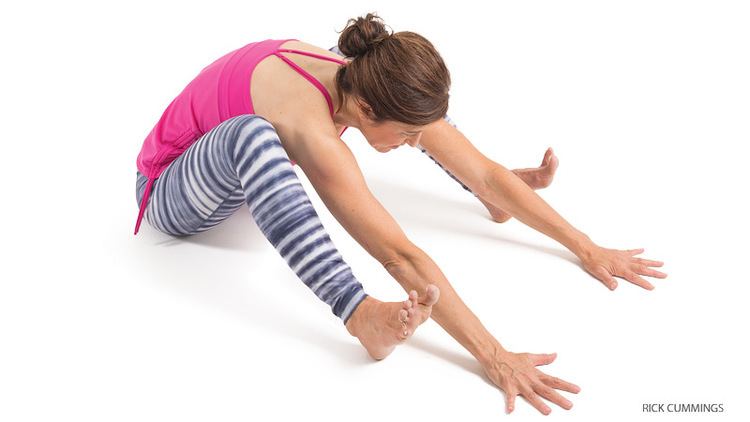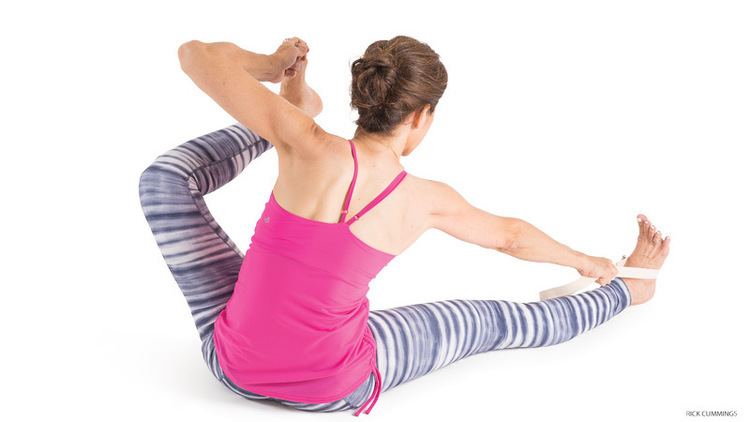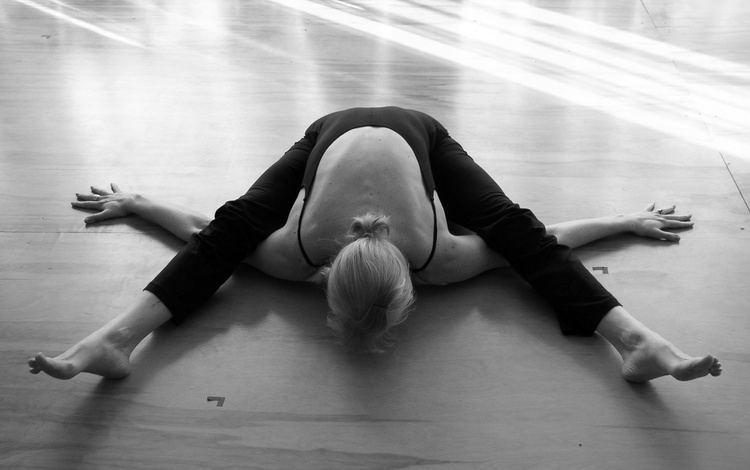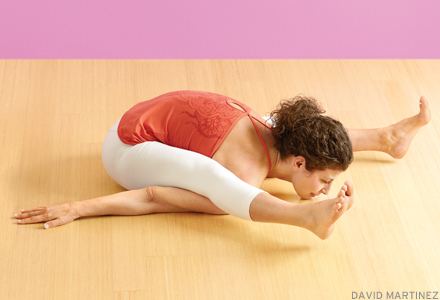Strengthens Human back | ||
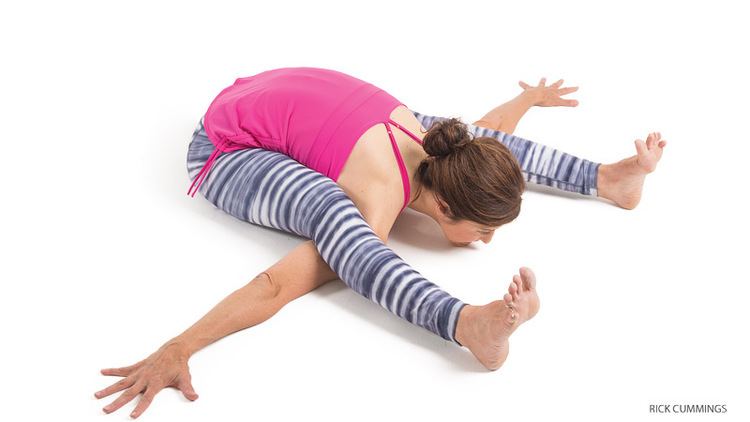 | ||
Note Consult a doctor before beginning an exercise regime Preparatory poses Uttanasana, Adho mukha śvānāsana, Utkatasana, Garudasana, Utthita Parsvakonasana Follow-up poses Sarvangasana, Halasana, Dandasana, Bharadvaja's Twist, Salamba Setu Bandha Sarvangasana Also known as Turtle pose, Tortoise pose Similar Supta Virasana, Half Lord of the Fishes Pose ‑ Ar, Bhujapidasana, Janusirsasana, Kukkutasana | ||
Kurmasana in ashtanga yoga with kino
Kurmasana (koohr-MAH-sah-nah; [kuːɹmɐːs̺ɐn̺ɐ]; Sanskrit: कूर्मासन; IAST: kūrmāsana), Tortoise Pose, or Turtle Pose is an asana.
Contents
- Kurmasana in ashtanga yoga with kino
- How to kurmasana yoga pose muscle anatomy easyflexibility
- Etymology
- Description
- Variations
- References
How to kurmasana yoga pose muscle anatomy easyflexibility
Etymology
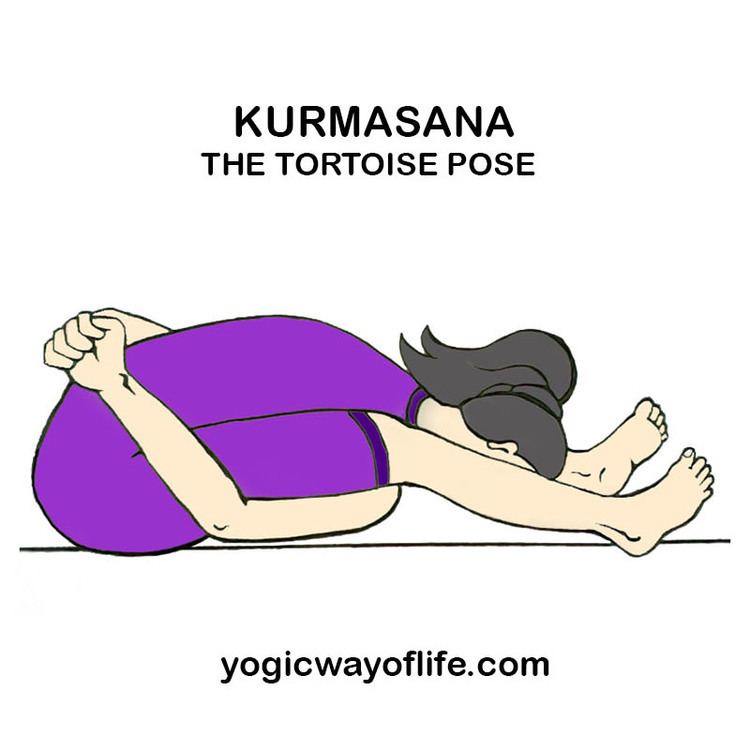
The name comes from the Sanskrit words Kurma (कूर्म, Kūrma) meaning "turtle" or "tortoise" and Asana (आसन, Āsana) meaning "posture" or "seat".
Description
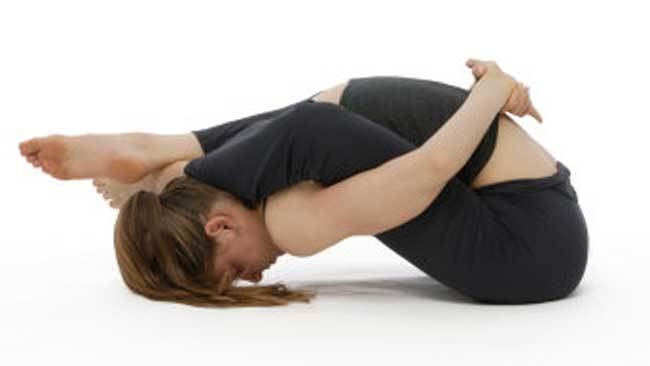
To enter kūrmāsana a practitioner sits with the legs outstretched, feet as wide apart as possible. The knees are bent slightly, keeping the heels in contact with the floor. The body is leaned forward from the hips and the hands slid under the knees. The body leans forward (bending at the hips) to allow the hands and arms to slide sideways and backward (under the knees) until the elbows lie near the back of the knees. The heels are pushed forward and legs straightened as much as possible. The forehead or chin is brought to touch the floor. The arms are further brought around the back to interlock the hands under the buttocks.
Variations
Variations of Kūrmāsana include:
